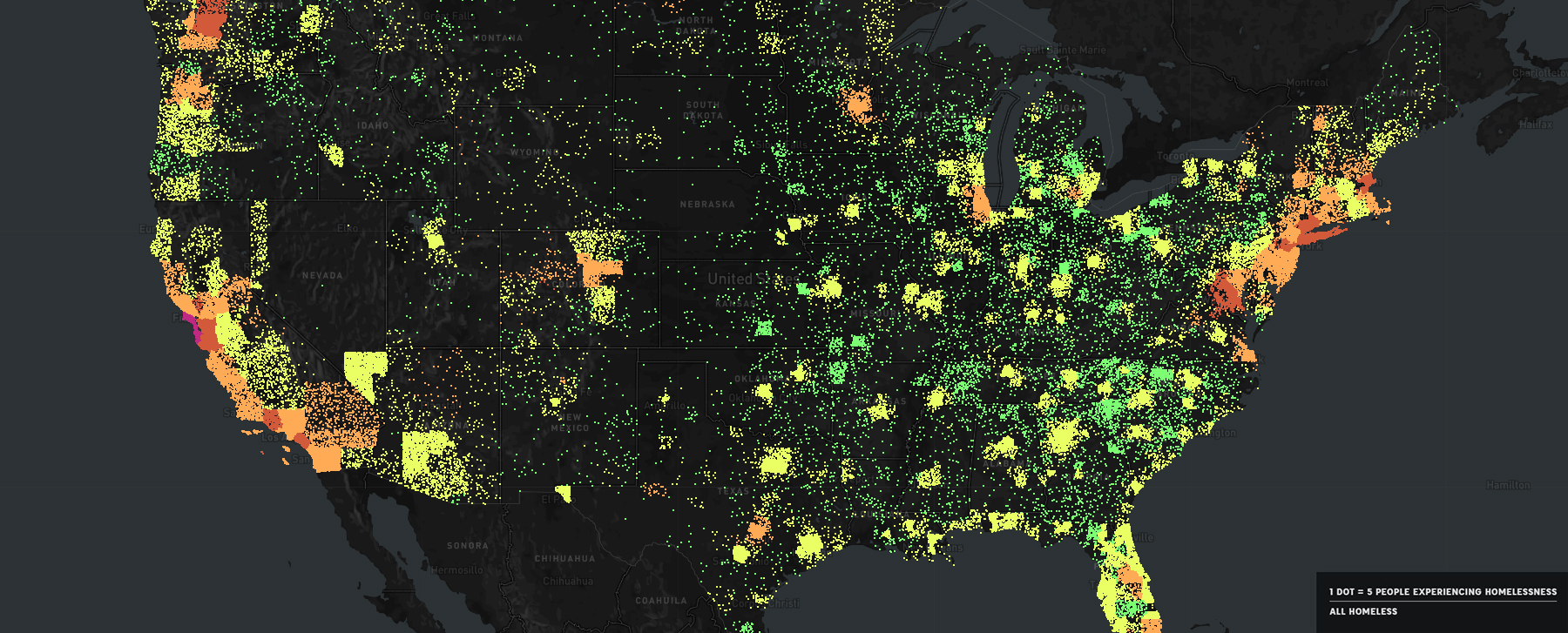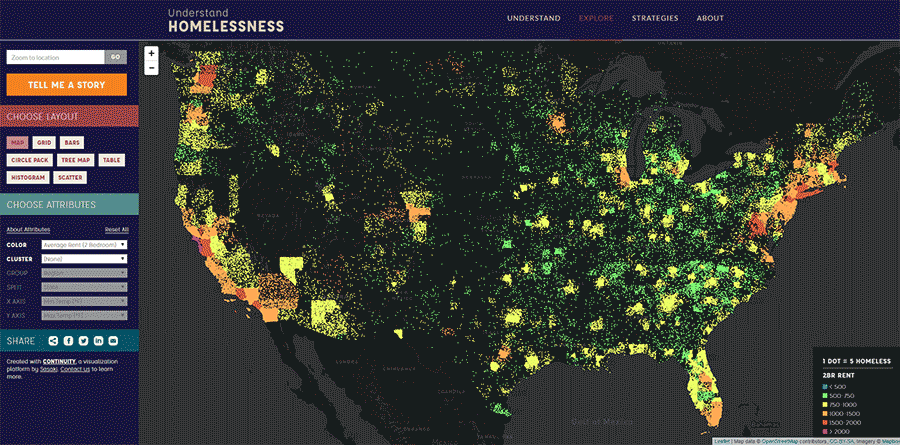Parks can also make greater efforts to consider the needs of those experiencing homelessness when making decisions around programming. The power of positive programming is evident in Los Angeles’ Gladys Park, whose basketball courts and picnic tables were requested by the community members experiencing homelessness nearby. In appreciation of these fulfilled requests, the park’s occupants—primarily people experiencing homelessness—tend the park carefully, protecting it as a clean and safe space for all visitors. The strong sense of shared community in Gladys Park is a direct result of the positive relationship between the nearby people experiencing homelessness and the Los Angeles Parks and Recreation Department.
In the midst of service delivery and programming for homelessness, staff training on this issue can do tremendous good. Some public library systems, another municipal-level department that often serves these populations regularly, have trained their staff specifically on how to interact with those experiencing homelessness. Trained maintenance staff can direct those in need to available services, but could also be better prepared to face in-the-moment challenges related to mental health or substance abuse issues.
Designers can help, too.
“It was inspiring to attend this Innovation Lab as a planner. It brought to mind how much we as designers could be doing for this population too,” says Keillor. “‘The homeless are simply people without homes. They are children and families and elderly. They need healthy places and open spaces and accessible transit, just like any community population–and our master plans and urban designs could be more inclusive of them.”
To serve these groups better requires that we understand this population and the challenges they face. As planners and designers equipped with robust data analysis, community engagement, and creative problem solving skills, we can play a greater role in the good work that countless agencies are already pouring into solving the issue of homelessness at scale.
As part of an independent research initiative funded by Sasaki, Keillor has spent the last year researching homelessness, working with an interdisciplinary team of Sasaki software developers, graphic designers, and planners. Keillor’s work began in 2016, aiming to overcome misconceptions about those experiencing homelessness, to bring transparency to the data that exists on homelessness in the United States, and to provide ideas big and small for solving the problem.
The culmination of this research project is a web-based resource designed to educate concerned citizens, city officials, and designers about homelessness, and more broadly contribute to this conversation, lend understanding, and provide ideas for solutions.




